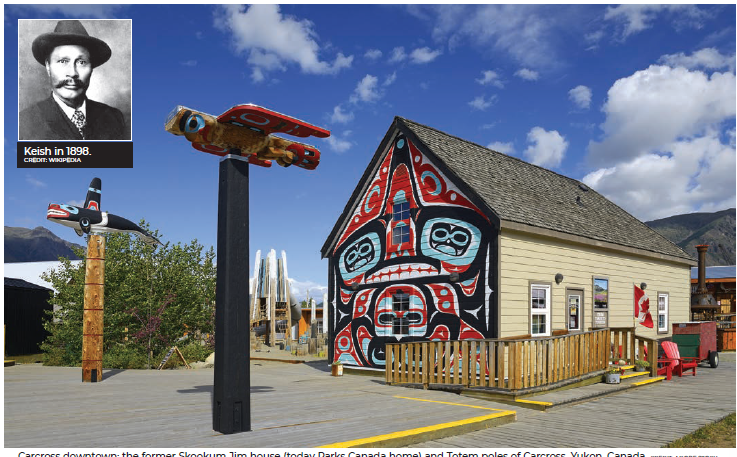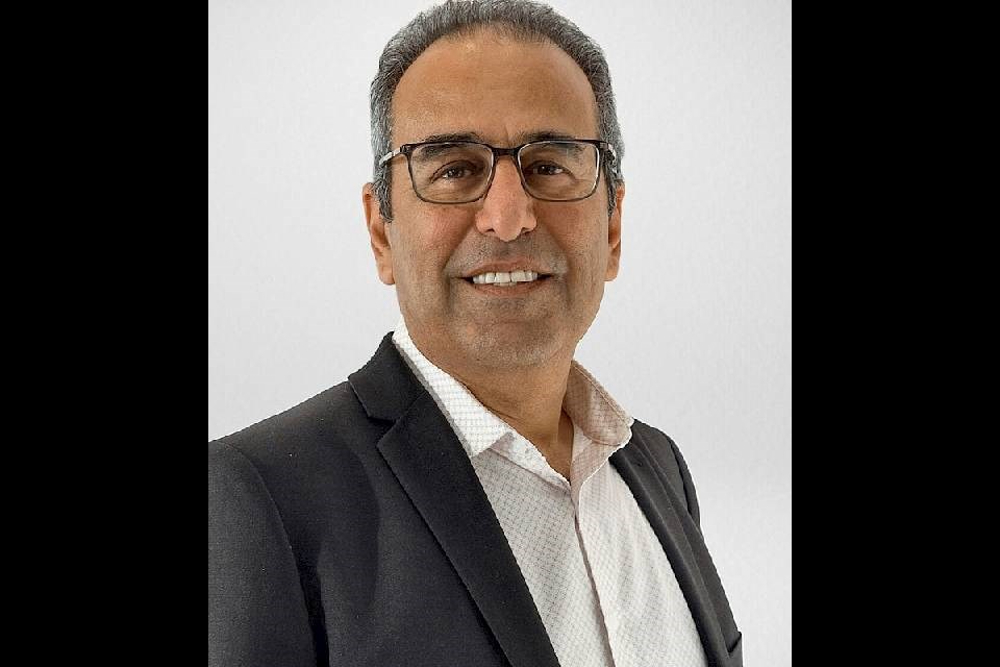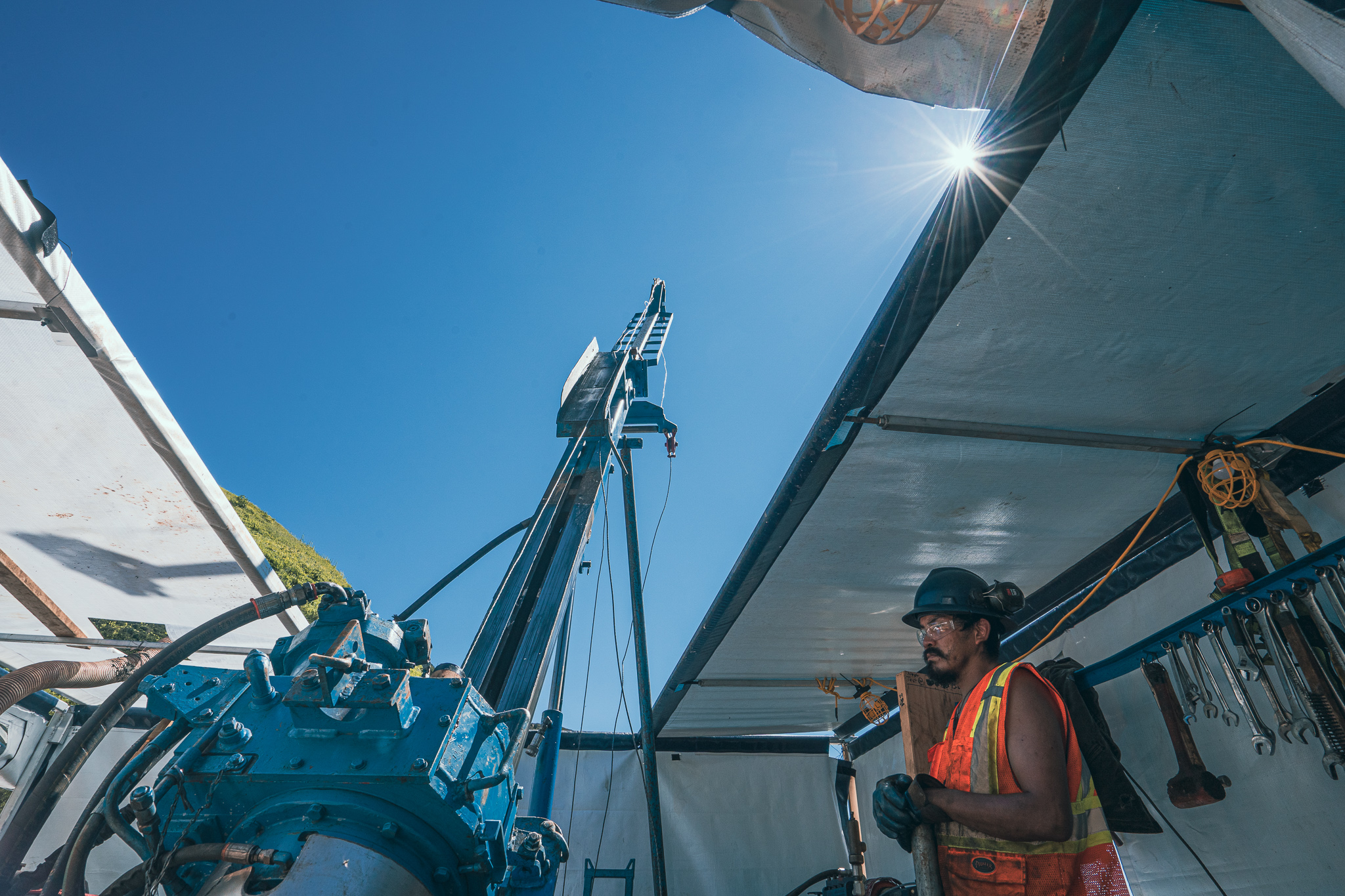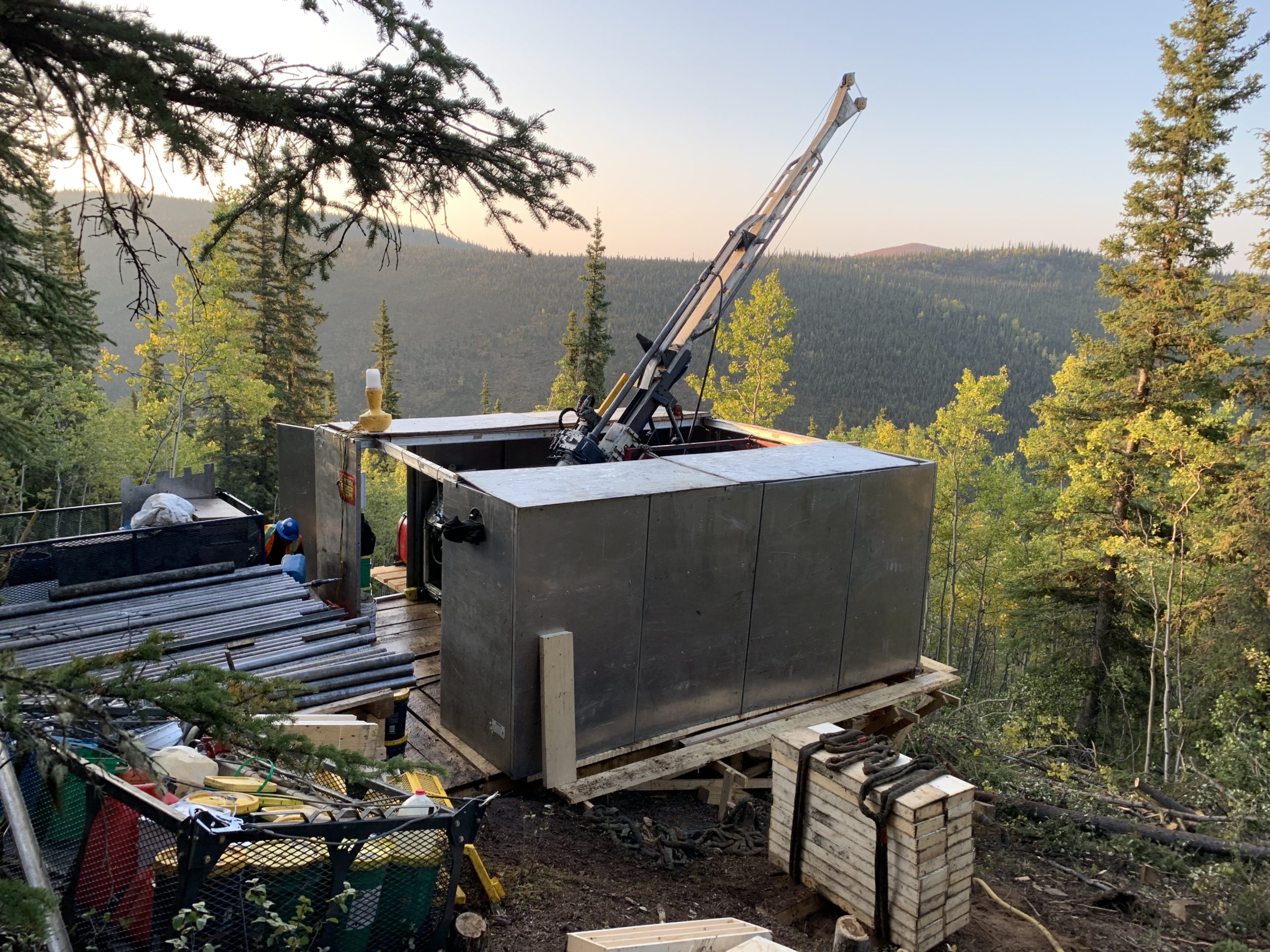Who was Skookum Jim?

Among the thousands of people who searched for gold amid the rivers and creeks of the Klondike in the late 1890s, Skookum Jim stands out as one of the most famous, but also perhaps the most enigmatic. The basics of Jim’s life story, and his role in the gold rush, are well-known. He was born among the Tagish people near Bennett Lake in 1854 (perhaps 1855), and his real name was Keish. By 1885, the first small groups of prospectors had arrived in Dyea, Alaska, and Keish and his nephew Kaa Goox (also knowns as Dawson or Tagish Charlie) found work as packers and guides, ferrying supplies up over the notorious steep and rocky slope of the Chilkoot Pass. It was there that Keish first met a 24-year-old prospector from California, George Carmack, who eventually married Jim’s sister, Shaaw Tlaa (or Kate Carmack). Keish and George did not immediately start prospecting together. The gold strike at Fortymile in 1887 brought more prospectors and more packing work to the region, so Keish continued in that occupation and soon earned the name Skookum, meaning strong, because of his reputation for carrying heavy loads.
In July 1896, Jim and Charlie met George and Kate at the mouth of Klondike River, and then travelled up a Klondike River tributary named Rabbit Creek (later re-named Bonanza Creek), where one of them (nobody knows who) found the large nugget of gold that sparked the Klondike Rush. The three men worked their claim through the next winter and cashed in just before the arrival of 30,000 additional prospectors in 1898. The newly wealthy miners bounced around between San Francisco and Seattle until George’s marriage to Kate and his partnership with Jim broke down. Before heading back to the Yukon, Jim bought all the claims on Bonanza Creek from George, which he later sold to a mining company for $60,000. He spent the rest of his life in Carcross, though in the winter of 1915-1916, he took one last trip by dog sled into the territory of his mother’s people, the Tahltan of northwestern British Columbia. Extremely ill at the time, Jim died in Whitehorse in 1916 shortly after the end of his sled journey.
The English names of Keish, Shaaw Tlaa, and Kaa Goox feature prominently in many gold rush histories, but the broader experiences of Indigenous People in the Klondike have largely been ignored. Much of our historical knowledge of the Klondike has been shaped within mainstream settler culture: stories of plucky prospectors facing riches or ruin, wild dance hall shows, Mounties preserving law and order, hordes of men packing the required one tonne of supplies over the Chilkoot Pass, frozen prospectors coming to life in a crematorium, or Charlie Chaplin’s lone prospector boiling a shoe to stave off starvation. Popular writing on Skookum Jim, especially Pierre Berton’s landmark history of the gold rush, tends to depict Jim as a crossover figure, somebody who had essentially abandoned his Indigeneity because of his ambitious pursuit of gold and the fact that he could be found drinking in many of Dawson’s watering holes. The only way an Indigenous person could take part in the gold rush, it seemed, was if he became a white man.
Oral history records suggest Berton’s caricatured portrait of Keish ignored the many ways he retained his Tagish cultural identity. There is no doubt Keish was interested in finding gold, but he mixed prospecting with more traditional land-based activities. As one of his younger relatives, Johnny Johns, has said, “Jim was an ambitious guy alright, but he wasn’t the kind of man who’d spent all his time trying to make a fortune. He knew there was a time for everything: time for prospecting and trapping and living the hard life, and time too for relaxing and loving, and drinking as much as he felt inclined.” On that latter issue, Johns claimed that Keish’s drinking was only occasional and part coming into town to “rest up and have fun,” but “the rest of time, when he was out prospecting and trapping, he had to have all his wits about him.”
Another relative, Angela Sidney, raised questions about Jim’s motivations when he took the trip up to Bonanza Creek. “In the first place, he wasn’t looking for gold,” she said. “Skookum Jim went downriver to look for his two sisters,” Sidney recalled, “because they missed him. They were gone two years already.” Once Keish’s party found Kate and George, prospecting was only one concern among many as they set about drying fish and hunting for meat. According to Sidney’s telling, Keish was less the audacious gold hunter trying to enter a white man’s world and more a family man, trying to connect with kin spread throughout the remote corners Klondike River watershed.
Keish also maintained a rich Tagish spiritual understanding of the gold rush as it unfolded around him. Early in his life, he claimed to have saved a frog near Dyea by picking it up and taking it to water. In return, Jim gained a frog spirit-helper, who later helped heal a wound he suffered (by licking it) after he was kicked in the stomach during a barroom brawl. Keish also spoke often of a dream where he met the Tagish spiritual figure named Wealth Woman, who was often the same being as a frog helper. Wealth Woman, just a girl in the dream, took Keish to see her father, who promised great riches in return for saving his daughter when she was in the form of a frog. Keish’s stories and dreams suggest he was hardly adopting western culture, but instead filtered his experience of the gold rush through a distinctly Tagish cultural lens.
Keish remained fully immersed in his own culture well after the gold rush. He was one of the main hosts of the last large potlatch (before they were outlawed) held near Carcross in 1912, a two-week cultural festival where Keish used perhaps $2000 of his gold wealth to provide food and gifts for the large group of participants. In general, Keish tended to be generous with his wealth, often supporting other prospectors with food and equipment, paying school tuition for his niece Graphie, and famously throwing money out the window in Seattle. To the very end, Keish made sure he cared for his kin, drafting a will that left his money in a trust fund for his daughter Daisy.
In 1962, well after Daisy’s death, the trustees of Keish’s remaining money used it to build the Skookum Jim Friendship Centre, an important Indigenous social and cultural organization in Whitehorse. Affectionately known as “Skookie’s,” the centre is a fitting legacy of man who took advantage of the economic opportunities associated with the gold rush while maintaining close ties to the kin, culture, and the land that meant so much to him.
For more on Keish, including full transcripts of the stories and oral history recollections mentioned in this article, see the article written in March 1992 by Rab Wilkie and the Skookum Jim Friendship Centre and entitled: Skookum Jim: Natives and Non-Native Stories and Views about his Life and Times and the Klondike Gold Rush.
John Sandlos is a professor in the History Department at Memorial University of Newfoundland and the co-author (with Arn Keeling) of “Mining Country: A History of Canada’s Mines and Miners,” published by James Lorimer and Co. in 2021.





Comments